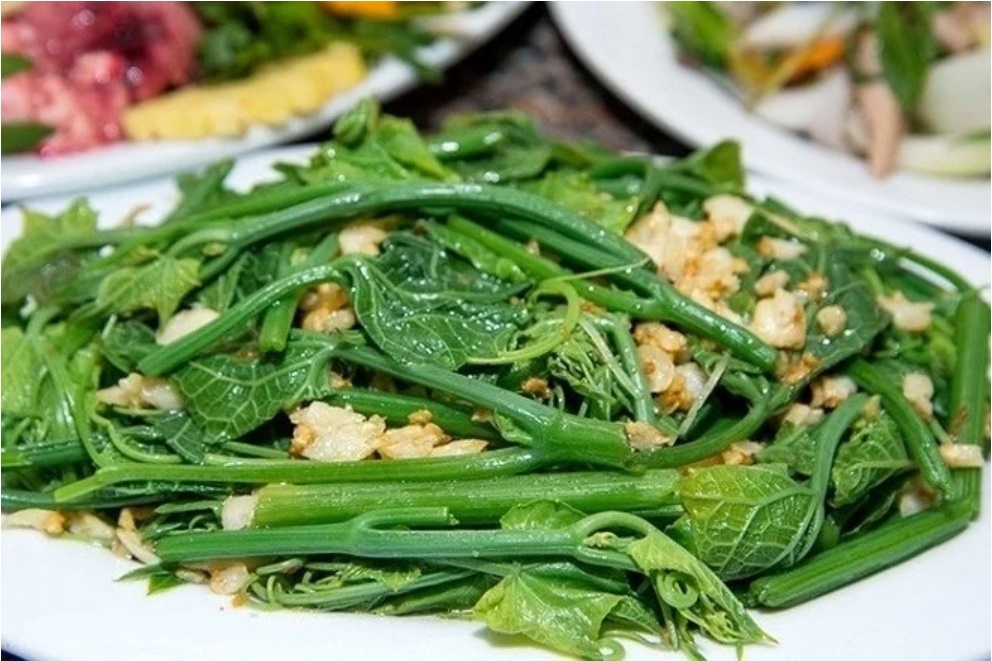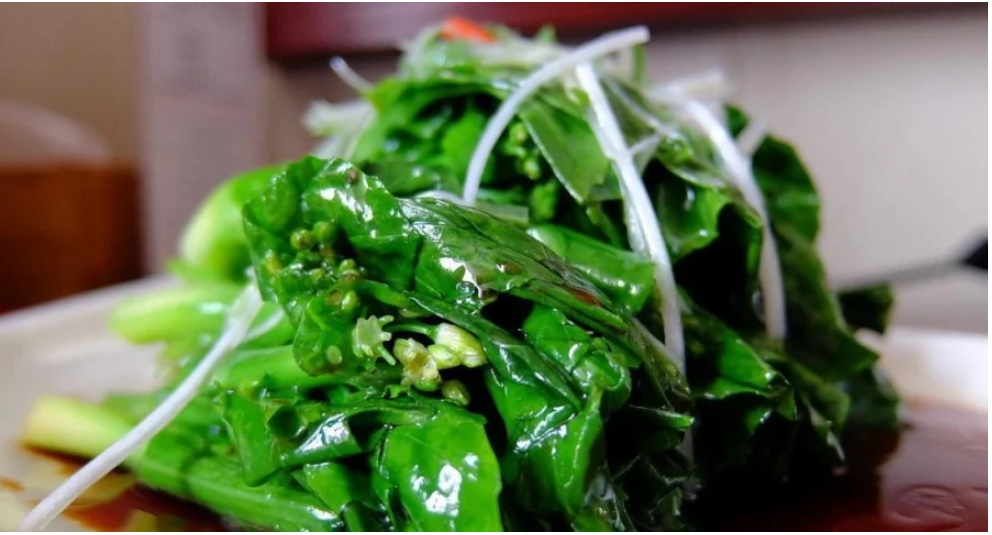Picking and Chopping Vegetables for Stir-Frying
For leafy vegetables like water spinach and celery, it is best to remove some of the leaves before stir-frying. The leaves of these vegetables tend to get mushy and are not as tasty when cooked. For zucchini, after removing the leaves and washing thoroughly, scrunch them up before stir-frying, as this will help retain their vibrant green color.
For green beans, it is recommended to slice them diagonally into thin pieces after cleaning. This will ensure they cook faster and retain a crisp texture. Stir-frying large chunks of beans will result in longer cooking times and a quicker loss of their green color.
When it comes to broccoli, separate it into individual florets and cut them into moderate-sized pieces. Avoid leaving them in large chunks, as they will take longer to cook and may lose their crispness by the time they are done.

Blanching Vegetables Before Stir-Frying
Blanching vegetables before stir-frying helps them cook faster and retain their color. Simply boil a pot of water, add a pinch of salt or a few drops of cooking oil, and blanch the vegetables. This will keep them looking bright and glossy. Be sure to blanch on high heat and do not cover the pot with a lid. Do not soak the vegetables in water, and remove them as soon as they are cooked to your liking. Immediately rinse them in cold water to stop the cooking process and prevent overcooking.
Temperature Control
Stir-fry vegetables on high heat to retain their green color and prevent wateriness. Cooking on medium or low heat for extended periods can cause the vegetables to turn yellow and release excess water, affecting both their appearance and flavor.
Adding Salt
When stir-frying vegetables, always add salt at the very end. Adding salt too early can affect the color of the vegetables. The correct way is to add salt just as the vegetables are about to be done, and then mix well until the salt dissolves and the vegetables are cooked to your liking.
Using the Right Amount of Oil
Using too little oil when stir-frying can result in dry and unappetizing vegetables. On the other hand, using too much oil or fat is not healthy. The key is to use just enough oil to cook the vegetables and give them a glossy, mouth-watering appearance.

Not Stir-Frying with Other Ingredients from the Start
For dishes that include stir-fried vegetables with other ingredients like meat, offal, or other types of protein, it is best to cook the vegetables separately. Start by stir-frying the other ingredients first and set them aside. Then, stir-fry the vegetables and add the cooked ingredients back into the pan at the end. This way, you avoid overcooking and mushing the vegetables, which can make them turn yellow and lose their texture.
According to Khoevadep






































